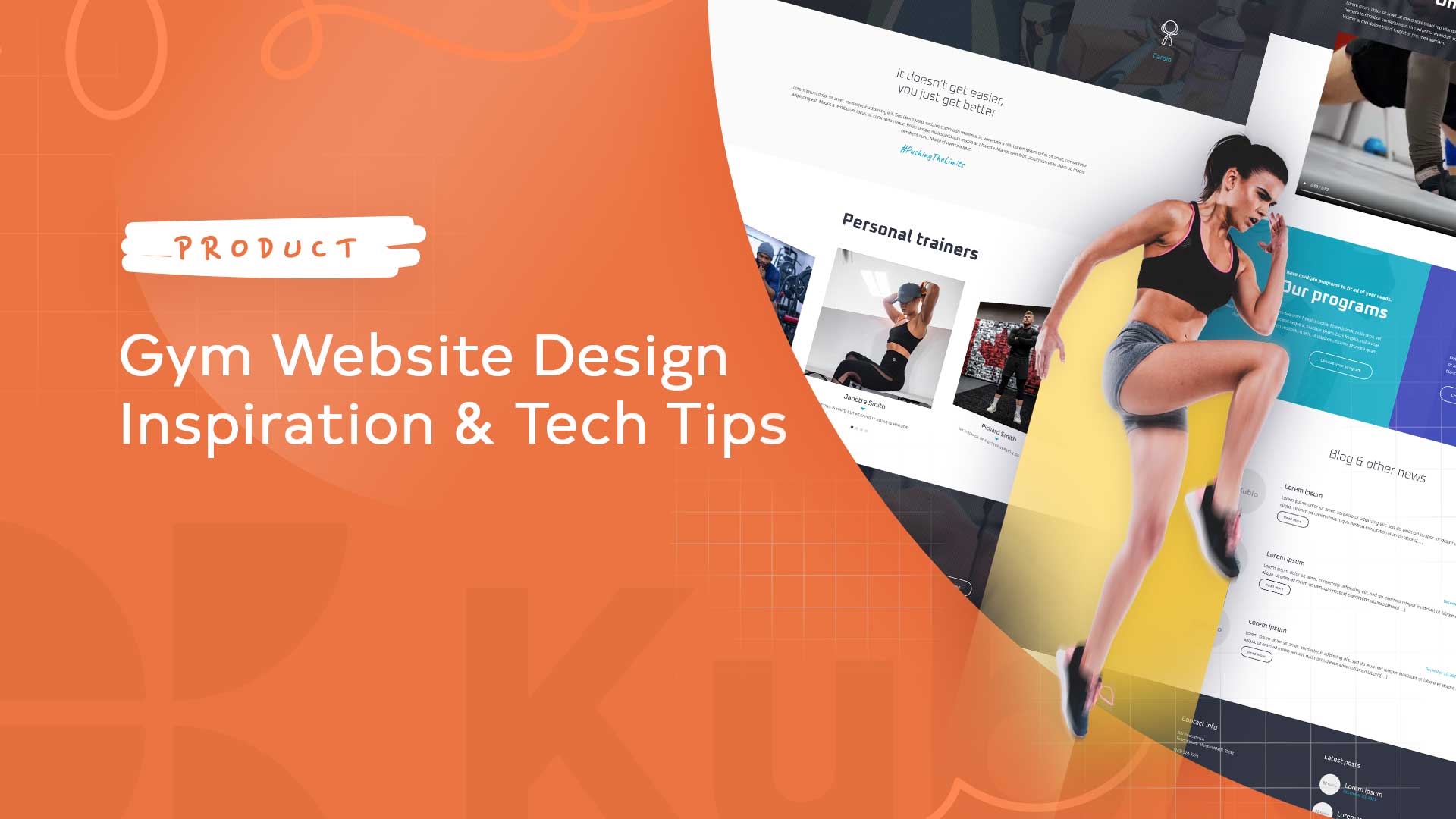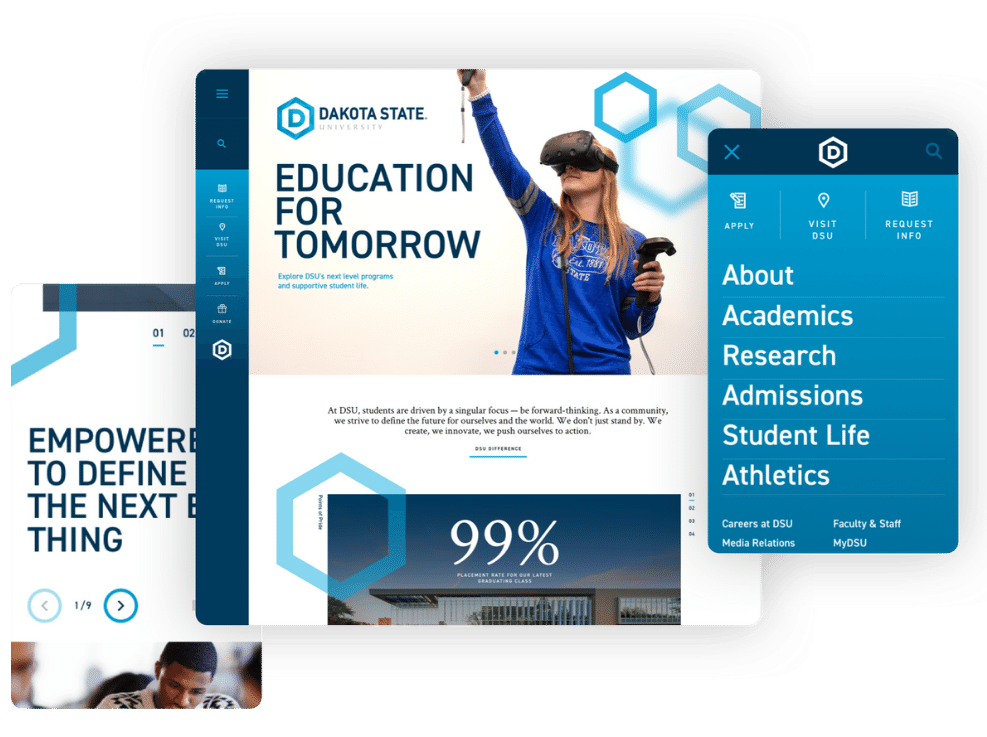Website Design in copyright: Building Mobile-Friendly Websites for Modern Audiences
Website Design in copyright: Building Mobile-Friendly Websites for Modern Audiences
Blog Article
Achieve Online Success With User-Friendly Website Style
In the increasingly affordable digital landscape, the design of a web site can be a crucial factor in figuring out an organization's success. User-friendly design not only enhances the overall individual experience however additionally influences vital metrics such as retention, conversion, and involvement prices.
Significance of User Experience
User experience (UX) plays an essential duty in the success of a site, as it straight affects customer contentment and involvement. A positive UX ensures that visitors can browse the site effortlessly, access info swiftly, and full wanted actions, such as buying or signing up for an e-newsletter, without irritation.
In an electronic landscape where competitors is fierce, a site that prioritizes UX can substantially improve brand loyalty and retention. Customers are most likely to go back to a website that supplies a seamless experience, creating a cycle of repeat check outs and boosted customer lifetime worth. In addition, efficient UX design can minimize bounce rates, as users are much less likely to leave a website that fulfills their requirements efficiently.
Furthermore, search engines progressively think about user experience aspects when ranking sites. Therefore, investing in user experience is vital for attaining long-term success in the electronic marketplace.
Key Principles of User-Friendly Style
A successful easy to use style depends upon a number of key concepts that improve functionality and availability. Most importantly is simpleness; a clutter-free interface makes it possible for users to browse effortlessly, minimizing cognitive lots. This concept highlights the relevance of clear and concise web content, allowing customers to find details promptly without unneeded disturbances.
Uniformity is an additional important element. Consistent use font styles, layouts, and colors cultivates experience and constructs trust fund. Users ought to really feel comfortable as they discover various sections of the website, understanding that similar aspects signify relevant capabilities.
Effective typography additionally plays an essential role in easy to use design. Readable typefaces, proper dimensions, and sufficient spacing make sure that content is quickly legible across numerous devices. Moreover, integrating intuitive visual power structures helps individuals determine essential details and actions at a glance.

Essential Functions for Navigating
Efficient navigating is essential for any type of user-friendly website, as it straight influences the general individual experience. A well-structured navigation system permits individuals to situate information swiftly and successfully, lowering stress and increasing engagement.
One crucial feature is a intuitive and clear menu that categorizes material realistically - website design copyright. This menu should be quickly obtainable from every page, commonly positioned at the leading or on the side of the internet site. In addition, integrating breadcrumb navigating aids users recognize their area within the website power structure and makes it simpler to backtrack
Browse functionality is one more essential component, making it possible for individuals to locate particular web content without sorting via several web pages. This feature needs to be plainly shown and my explanation receptive to variants in input.
In addition, a mobile-responsive design makes sure that navigating remains smooth across devices. As mobile usage remains to rise, food selections ought to adapt to different display dimensions without jeopardizing capability.
Last but not least, aesthetic hints such as highlighting the active page and making use of hover effects can boost user interaction. By incorporating these vital features, web site designers can produce a navigational experience that is not just user-friendly however additionally encourages exploration and retention.
Ease Of Access Factors To Consider
Availability factors to consider are important to developing a straightforward web site that deals with all people, no matter of their handicaps or capabilities (website design copyright). Websites should be created to make certain that customers with visual, auditory, cognitive, or motor problems can engage with material efficiently. This starts with adherence to the Internet Web Content Availability Standards (WCAG), which provide a structure for making digital content extra available
Secret practices consist of using detailed alternative text for photos, guaranteeing color comparison proportions satisfy accessibility criteria, and providing captions for multimedia components. Furthermore, the navigating ought to be intuitive, permitting customers article to tab through web links and interactive elements easily. Applying key-board navigating is critical for those not able to make use of a computer mouse.
Furthermore, succinct and clear language improves comprehension for individuals with cognitive restrictions. Types should be simple, with tags and guidelines that are easy to comprehend. Routine ease of access testing, including user responses from people with disabilities, can help boost and recognize obstacles usability.
Gauging Layout Success

Individual comments studies and use screening are important in analyzing the efficiency of layout aspects. These methods enable developers to gather direct input from users, identifying pain points and locations for enhancement. In addition, tracking heatmaps can expose where customers click most often, assisting to educate design modifications and content prioritization.
Analytics tools play a vital role in gauging style find this success by offering data-driven understandings. Google Analytics can track individual behavior, exposing patterns that indicate whether the style is preventing the user or promoting journey. Inevitably, a successful web site design not only fulfills company purposes but additionally fosters a smooth and enjoyable individual experience, driving engagement and loyalty with time. Regularly reviewing these metrics makes certain that the site advances abreast with individual requirements and industry finest methods.
Conclusion
Prioritizing user experience through simplicity, user-friendly navigating, and reliable comments mechanisms not only boosts individual interaction and fulfillment however also promotes brand commitment. Integrating necessary navigation attributes and availability considerations better makes sure that all users can properly communicate with the website.
Web sites must be made to guarantee that customers with visual, acoustic, cognitive, or motor disabilities can involve with content successfully.Measuring style success involves reviewing how successfully a website satisfies its desired goals while supplying a favorable user experience. Google Analytics can track individual habits, disclosing patterns that indicate whether the style is preventing the customer or facilitating trip. Ultimately, a successful website design not just satisfies organization objectives yet additionally cultivates a pleasurable and seamless individual experience, driving engagement and loyalty over time. Focusing on user experience via simpleness, user-friendly navigating, and effective comments systems not just enhances user interaction and contentment however likewise fosters brand name loyalty.
Report this page